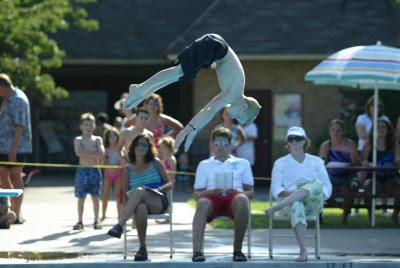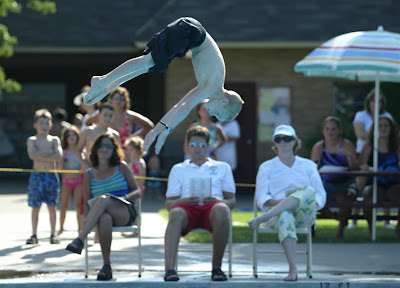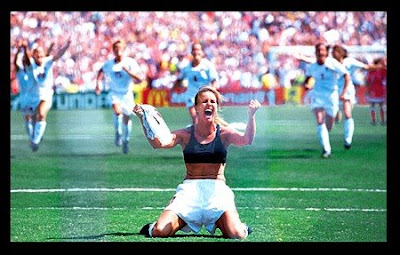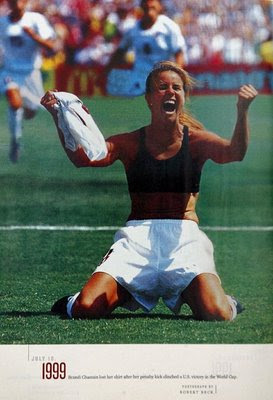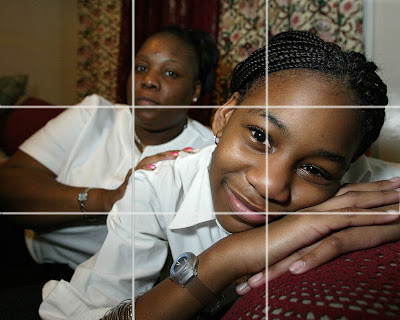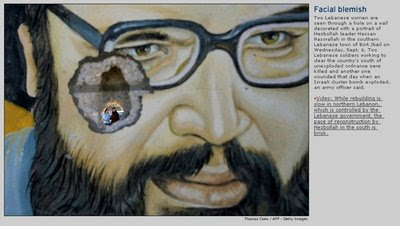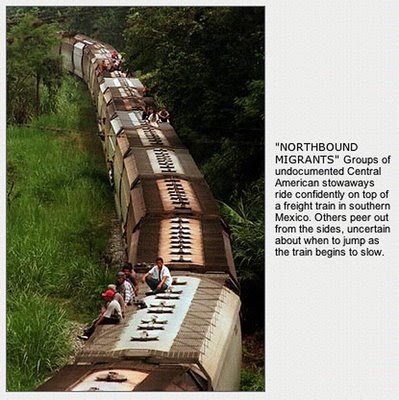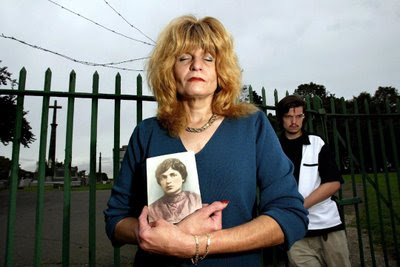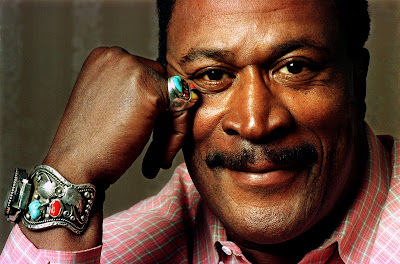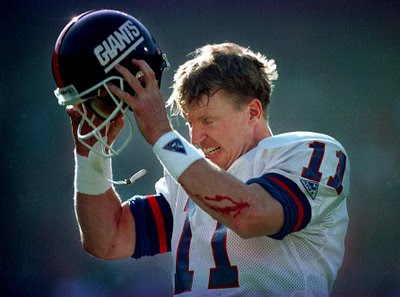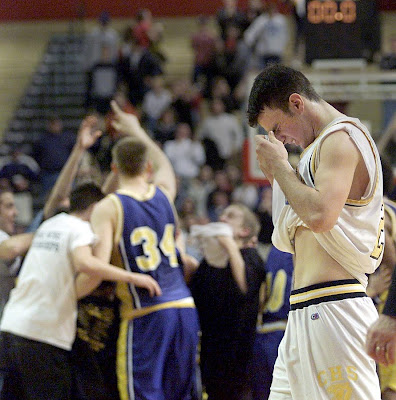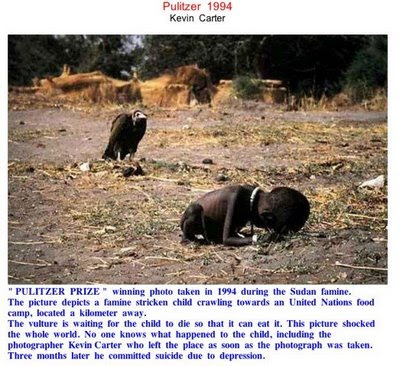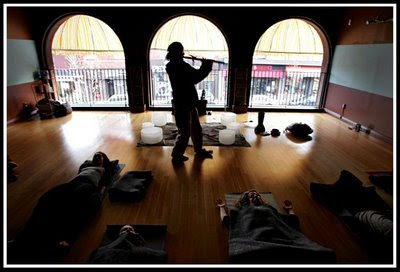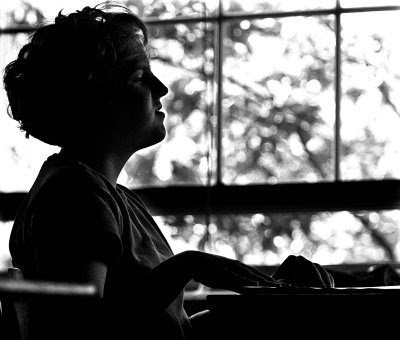A digital camera takes still photographs digitally by recording images on a light-sensitive sensor. Digital cameras often feature an LCD screen that display captured images immediately after it is recorded. They also have the capacity to

take many images onto a small memory device; usually a compact flash card or memory stick, which can be reused.
Many compact digital still cameras can record sound and moving video as well.
1. Digital SLR's
A digital single-lens reflex camera (digital SLR or DSLR) is a digital camera that uses a mirror system to direct light from the lens through the viewfinder eyepiece.
During exposure (when the photograph is taken), the mirror swings upward, and a shutter opens, allowing the lens to project light onto the image sensor.
Most commonly used camera by working photojournalists.Uses interchangeable lenses.PROS: High-end cameras, top-notch quality, all-features available, large LCD screens, large sensors, large file size.CONS: Expensive, large and heavy, no video capability.2. Bridge digital cameras
The term "bridge" characterizes the way in which these cameras fill the niche between the DSLRs and the compact digital cameras.
Bridge digital cameras are comparable in size and weight to the smallest digital single-lens reflex cameras (DSLRs), but they lack the removable lenses, larger sensors, mirror, and reflex system that characterize DSLRs.
PROS: Good to excellent quality, many features available, large LCD screens, large sensors, large file size, less expensive.CONS: Not as capable as DSLR's, lens quality not as good as as DSLR's, not durable.3. Compact digital cameras
Designed to be fully automatic, small and portable; the smallest are described as subcompacts or "ultra-compacts". Compact cameras are usually designed to be easy to use, sacrificing advanced features and picture quality for compactness and simplicity.
Often referred to as point-n-shoot, or idiot cameras due to their overly automatized features.
PROS: small and portable, designed to be easy to use, numerous advanced features, all-inclusive features.CONS: Picture quality are sacrificed for compactness and simplicity, most have a built-in flash usually of low power only sufficient for nearby subjects, delicate.This site has a good
chart comparing point-n-shoots.
II. FILM CAMERAS1. 35mm (24x36mm) 
*Began being used in 1940’s. Still widely used today.
a. SLR’s (Single Lens Reflex)
The single-lens reflex (SLR) camera uses a mirror which reflects exactly what will be captured by the film or digital imaging system, as opposed to rangefinder cameras that you view through the viewfinder.-picture is seen through the lens via mirror.
-many SLR cameras include through-the-lens (TTL) metering.
-The focus can be adjusted manually by the photographer or automatically by the autofocus system.
-widely used, especially by pro photojournalists.
PROS: small, interchangeable lenses, full manual control, very commonly used.
CONS: not many. relatively small negative, not high resolution quality.
b. Point & shoot cameras 
-simple, mostly automatic, consumer-grade.
-can be inexpensive.
-all inclusive; flash, zoom lens, auto-focus, auto exposure.
- "idiot-proof."
-light and compact.
-very limited in terms of manual exposure control, often there are none.
PROS: all-in-one, small and light-weight, full auto control, very commonly used, -flash tends to be ineffective, inexpensive.
CONS: shutter often has lag-time meaning there is a delay; it doesn't capture the photo when you press the button
, no interchangeable lenses, relatively small negative, not high resolution quality.
c. Rangefinders Most varieties of rangefinder show two images of the same subject, one of which moves when a calibrated wheel is turned; when the two images coincide and fuse into one, the distance can be read off the wheel.
Most varieties of rangefinder show two images of the same subject, one of which moves when a calibrated wheel is turned; when the two images coincide and fuse into one, the distance can be read off the wheel.-see picture through rangefinder, not thru lens like an SLR.
-there is no momentary blackout of the subject being photographed
-see subject at all times.
-The viewfinder is offset from the lens, so that the image shown is not precisely what will be recorded on the film.
-usually smaller and less obtrusive.
PROS: the camera is often quiet, small and light-weight, unobtrusive.
CONS: not great with flash, image shown is not precisely what will be recorded on the film, expensive.
2. Medium Format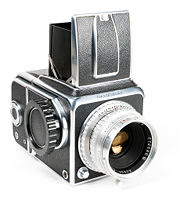
*Began being used in early 1900’s . Still widely used by commercial, portrait,and art photographers.
Medium format cameras produce much larger images than 35mm cameras resulting in sharper, less grain, and more saturated colors.
Because of their larger size, images have better enlargement quality. There are several formats to choose from.
Most square images are medium format.
Is now available for digital capture.
PROS: better image quality than 35mm.
CONS: larger camera, more delicate, more technical, very expensive.
types pf medium formats
a. 645 (6x4.5mm)
b. 2 ¼ square (6x6mm)OR
2 ¼ rectangular (6x7mm)
3.Large Format 
*Began being used in mid 1800’s, widely used in early 1900’s . Still used today by product and studio photographers.
Large format describes large photographic films, large cameras, view cameras and processes that use a film or digital sensor. The most common large formats are 4×5 and 8×10 inches. Less common formats include quarter-plate, 5×7 inches, 11×14 inches, 16x20 inches, 20x24 inches.
Is now available for digital capture.
PROS: Super high quality in terms of sharpness, detail, color, and reproduction.
CONS: Cameras are heavy and cumbersome, must use a tripod in most cases, one photo at a time, sheet film, very technical, image on ground glass appears upside-down, must view image under a dark cloth.
4. Panoramic
*Began being used in early 1900’s . Still widely used today, mainly by landscape photographers.
Panoramic cameras capture images with the appearance of a "panorama."
Panoramic photography is a format that refers to images with exceptionally wide fields of view, very rectangular in shape and size. True panoramic photos capture a field of view comparable to, or greater than, that of the human eye - about 160° by 75°.
Short rotation refers to a lens that rotates around the camera's rear nodal point (the optical point from which the focal length is measured) opposite a curved film plane. As the photograph is taken, the lens rotates, at the same time exposes the vertical strip of film that is aligned with the axis of the lens.
Very similar to viewing a scene by turning your head from side to side on a steady level.
Must keep the camera level, otherwise distortion will occur.PROS: Very interesting images, very unique look.
CONS: Very expensive, must keep camera level, very delicate, must be technically precise.

